Preparation for a film
June 20, 2012
So, how does one prepare to shoot an ethnographic film? Well, I suppose that there are two elements to consider: the physical and the mental. Physically, I’m pretty prepared for the job. My camera kit, which includes my camera, microphones, cables, boom pole, and tripod, was all issued to me yesterday.
Mentally, I’m chomping at the bit. It would be a lie to say that I’m completely and 100% behind my own film and my own ideas, but if we’re being completely honest here, just between me and you, I still read my proposal about every other day, reminding myself of what exactly I’m after, and then spend a considerable amount of time convincing myself that it will be good. I keep mulling over in my head: Earthy tones of browns, greys, and greens, enhanced sound, slower pace, classicly observational with hints of reflexivity, sensorial experience… thinking that the more I say it, somehow it will just appear to me on film. Well, what follows are the ideas and hopeful aims of my summer film.
Anthropological Issues to be Explored
The anthropological issues I’ll be thinking about while shooting the film are those of the family unit, marriage, the idea of succession, security, independence, and aging. I want to know how fathers include their sons in their business plans, in their family plans, and how success and failure is viewed within the family.
Other themes that will come across much more indirectly and mostly filmically are:
*Progress (real or illusion) *Darkness and light *Beauty of simplicity *New/old *Self-reliance *Permanence vs change
In the tradition of true ethnographic fieldwork, I will staying at the farm; I’ll be the first in the milking parlour before they are, and the last in the fields after they’ve gone in. I think this is one of the more exciting aspects of this film, the draw that I get to conduct real fieldwork again! I’ve quite missed it.
I never stayed with the Slovakians when shooting Something Like a Tradition, so, in a sense, that project was just a film, not field research. This farm film (I can’t think of anything else to call it yet and don’t want to think of titles until September) doubles as fieldwork—haha, get it? Field-work?
What Would Gardner Do? (W.W.G.D.?)
Anthropologists think he’s too filmic, and documentarians think he’s too anthropological. This man is my hero!
He’s Robert Gardner, famous in the world of ethnographic media studies for his films Dead Birds and Forest of Bliss. I’m sure plenty of other anthropologists, documentary media professionals, visual anthropology students and academics alike might not appreciate his work as much as I do, but I look to him for inspiration.
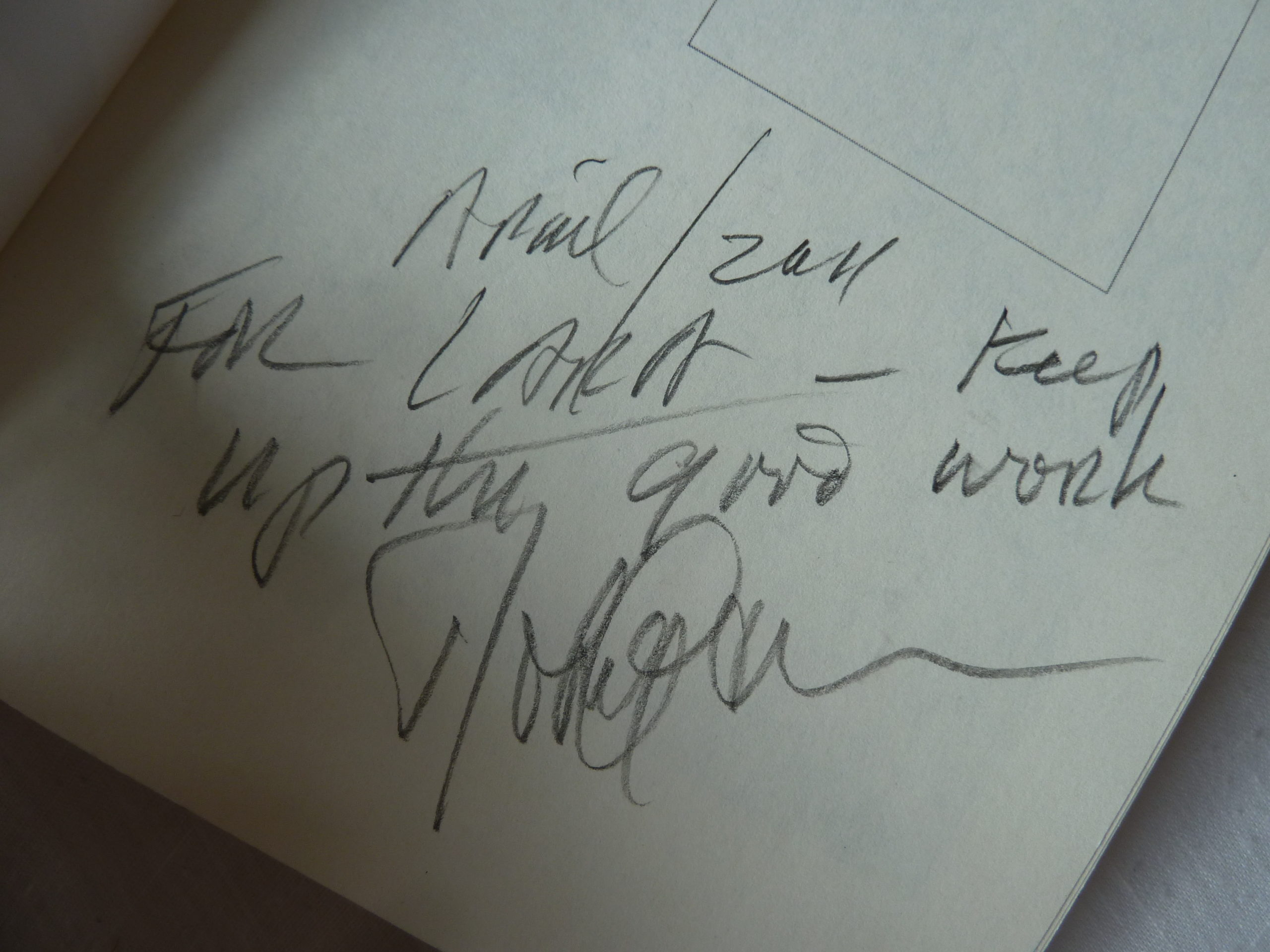
Autographed copy of his latest book. If there ever existed a visual-anthropology-fans-of-robert-gardner-fan-base website … I’d be their president!
Dead Birds, arguably Gardner’s most famous film (that is, famous to us who study ethnographic film), tackles issues of battle, vengeance, death, and grief among the Dani. It’s not exactly the most exciting of films due to is omniscient narrative and contrived ethnographic information (sorry, Robert!), but it does have a fantastic establishing shot somewhere near the beginning of the film.
The camera sweeps from a great distance, across the Papua New Guinea highlands, drawing us into this Dani settlement at the bottom, into their world of war and innocence. Okay, so, I’m not exactly taking on allegorical issues of warfare or death, but every time I see that scene, I think, That’s what I want in my film. I want that long, sweeping, establishing shot.
Anyway, I hope to be in conversation with Gardner’s work, avoiding his omniscient narration style he adopted in his earlier works, but seeking the very observational and aesthetic legacy he left in his later work.
Reservations
The questions that I face myself as a filmmaker and anthropologist this summer are: How am I going to explore this very abstract way of being? How will I convey this tangible, sensorial relationship that he has with his work and his farm?
This summer, I want to find out a variety of information. What does farming mean to Graham? What relationship does he have with his parents, who are also his employers? What relationship does he have with the environment? How does he perceive progress?
My reservations? I’ve got plenty. Highest on my list is how to convey on film the things I know and the things I see about Graham and the farm on film.
Next highest is how to make my film worth watching and exciting—my other classmates are in all different corners of the world shooting their films on subjects that are way more engaging and exciting, like Mayan aluxes, racial identity in the Bahamas, female domestic workers in Spain, or aid organizations in Tanzania!
Sometimes I struggle to understand why I picked the farm in the first place. Nevertheless, I’m committed to it and I’m just going for it this summer. I’ve got about 6 weeks of shooting time (and only 2 weeks editing!), with some travel plans in-between it all.
Speaking of traveling, next week I’m off to Edinburgh, where I’ll be departing for a 3-day tour of Scotland’s highlands and the Isle of Skye.
Two days after my return, I begin filming. Hopefully that highland trip will be just the inspiration I’ll need before shooting.
In 1971, Alan Lomax published a set of rules or standards for future ethnographic filmmaking practices based on values of the American Anthropological Association and American society in the 1960s. Rule number one reads, “No one should be backed or encouraged to film in the field unless he is not only a competent but also an empathetic cameraman.” While our course has taught us competence, empathy is a to be skill learned and practiced. So it is empathy, then, that I will strive for, ultimately this summer.
Until next time, tarah!
Leave a Reply Cancel reply
Grab Your Free Copy or Sign Up For The Newsletter
This is the blog post content. It's here to help show what a big block of text will look like. This text will all get replaced by actual blog content. It will be awesome. Vivamus suscipit tortor eget felis porttitor volutpat.
first name
email address
send me the goodies
On your wedding day all you have to do is focus on the love of your life. We're just there to document them. Bear claw marzipan cheesecake candy gingerbread cake.
Our Signature Services
Yay you're engaged! Looking to create save the dates, a wedding website or just show off your new bling?! Well it all starts with engagement pictures.
Are you a wedding photographer looking for dreamy presets? Well look no further you're in the right place!
wedding photography
engagement shoots
photography presets
view services
© 2024 Lara Rose | terms & conditions | Designed by Erika Maram | Photography by Lara rose
Follow along for editorial & documentary weddings
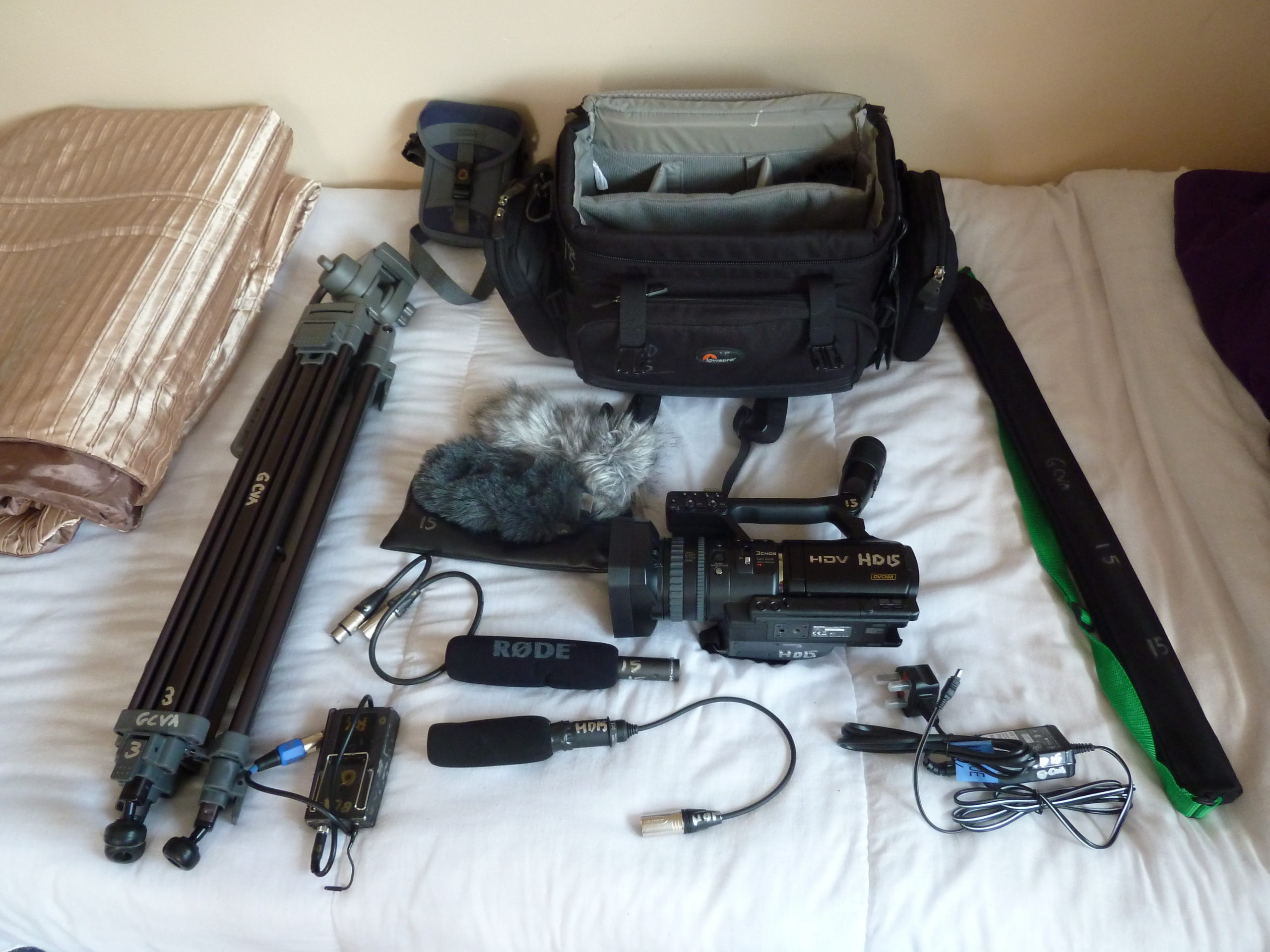
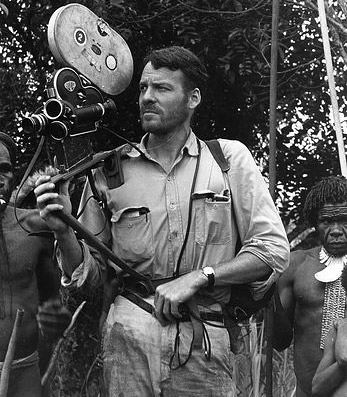
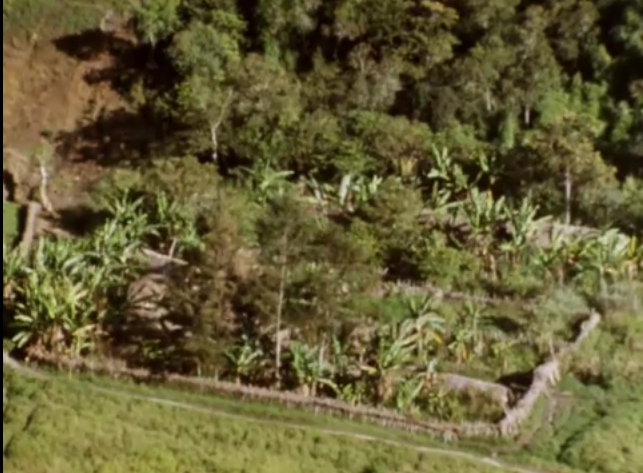

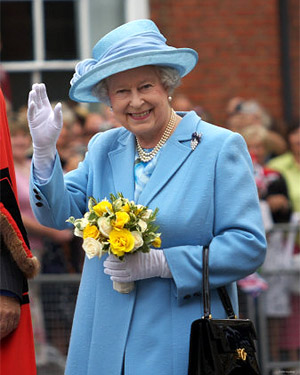
Be the first to comment